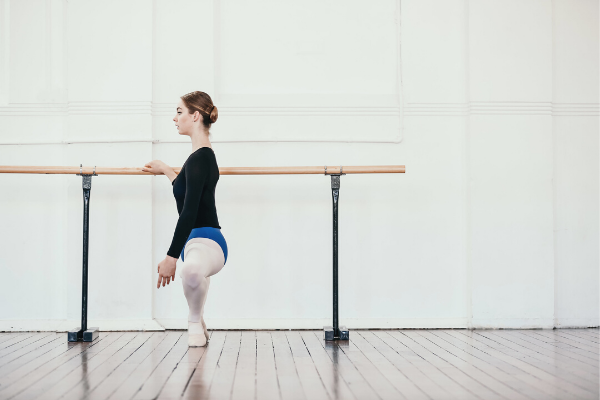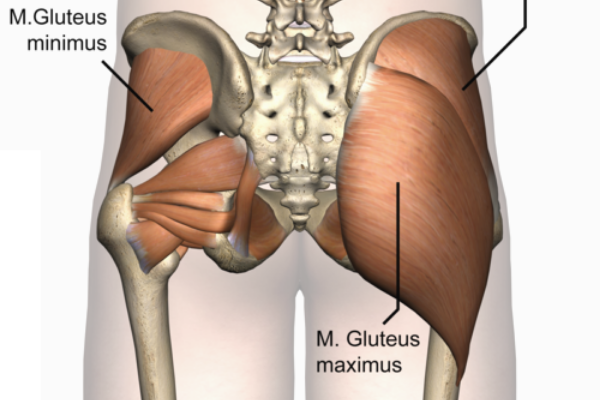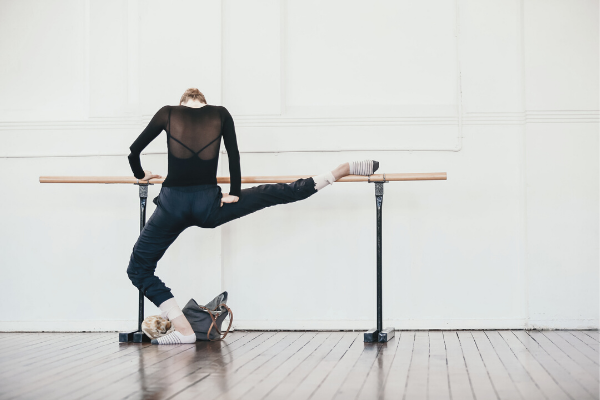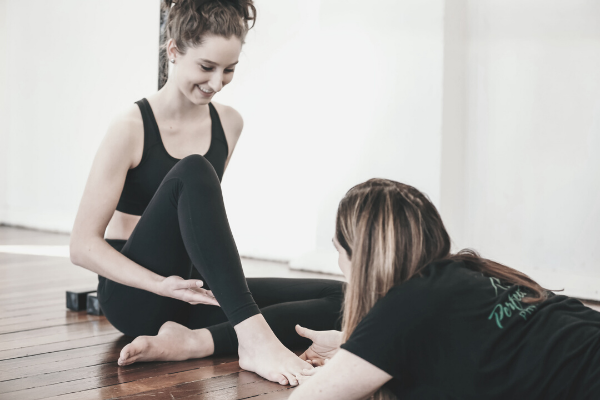Injury Prevention for Contemporary Dancers
Unfortunately, injuries are often considered a part of life for the dancer, but this doesn’t necessarily have to be the case. We all know that the cold hard facts of injury for a dancer can range from a short period of time off for recovery, long periods of rehabilitation, demotion within a company, loss of a contract altogether, or worse still, the end of a career.
As a physiotherapist who works with dancers from all walks of life, I see the injuries that plague dancers, such as inflammation in the hips, ligament ruptures, tendon injuries, foot injuries, hip and back problems. I also see just how many of these injuries could be prevented by a little education about correct technique early in a dancer's training, and so have dedicated my life to getting this information out where it is needed.
Fortunately, as the boundaries of the physical art of contemporary dance are being pushed to the limits, the frontiers of Dance Medicine are also being pushed. An ever-expanding knowledge base is being created to allow dancers to help them take care of themselves, prevent injury, recover from injury, and accelerate their dancing performance.
The best way of doing this is by increasing awareness of anatomy and how it works in a dancer. Anatomical knowledge is the ultimate tool for injury prevention and this can manifest in several ways:
1. A deeper understanding of movement patterns
2. Knowledge of Personal Idiosyncrasies
3. Empowerment in body transformation
4. Personal Responsibility
5. Development of Conditioning Programs
6. Full Rehabilitation from injury when it does occur.
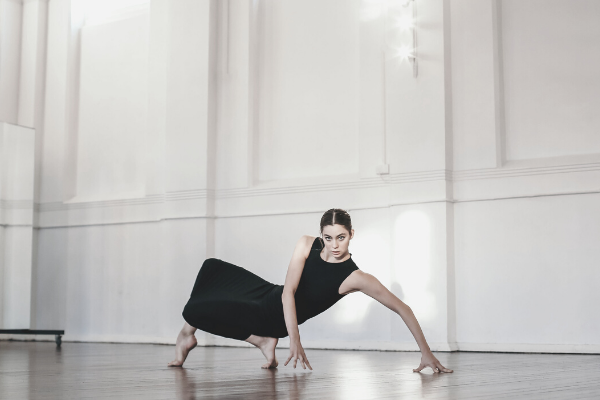
A basic understanding of human anatomy allows the dancer a different perspective in understanding movement patterns and where they come from. While ultimately in performance the dancers focus is on energetic flow, transfer of weight and expression of emotion (depending on the style of performance), understanding the static components (bones), dynamic components (soft tissues), and how these work together (functional patterning, muscular slings, fascial tension lines, etc) can allow a much deeper experience of the required movement. This depth of experience is transferred to the audience in a much more convincing and accurate representation.
Dancers need to have an in-depth knowledge of their own body and how it responds to certain types of training. While in anatomy books it appears that we are all created equal, it is important to realise that we are not. Different people have different body types that will require different training to elicit the same response. While some dances struggle to build the strength and coordination needed for dynamic powerful jumps, others find this effortless. Given the same training 4 different dancers will retain their differences, however with tailored programs, they can work on their weaknesses to accelerate their performance.
Anatomical knowledge also allows the empowerment of an individual to change their natural responses and create a new reality. For example, many dancers complain about pain in their feet and ankles or that they do not have enough range of motion in their feet. The truth is that 90% of all foot and ankle injuries I see are the result of a few basic weaknesses that can all be prevented. Furthermore, blockages in the range may not be as permanent as you think they are! Simple exercises and massage techniques that wake up the small muscles of the foot can alleviate issues in the foot and ankle that may have been present for years.
Understanding all of this, and working out the curiosities of her own anatomy also allows a dancer to take personal responsibility for the roles she takes on, and how she builds up her training within any role. Feeling a weakness going into any movement and knowing how to work on this allows her to build the appropriate strength before an injury occurs.
In classical ballet, an open class will usually cover strengthening and limbering exercises for almost all movements that will be required in a performance. In contemporary dance, this is not always the case, and phrases will not always follow the movement patterns that covered in basic conditioning training. We therefore must be able to analyse movement patterns and use our anatomical knowledge to devise an appropriate conditioning program for optimal training and performance. This program must not only train the movements that are required for each piece but must also strive to maintain equal range and strength in the areas that are not being used in that particular piece.
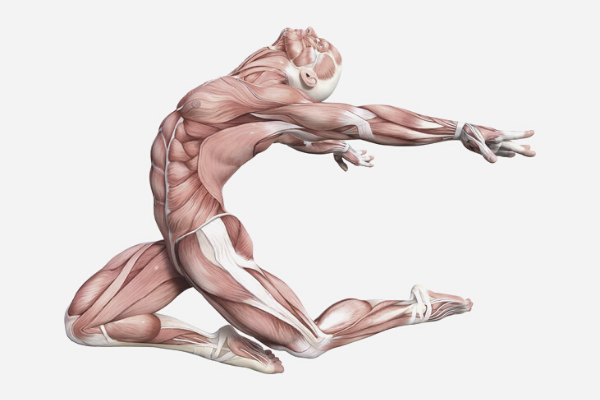
Anatomical knowledge serves us not only in injury prevention but in full recovery from injury as well. Most injuries in contemporary dance occur as the result of a breakdown in a movement pattern, so it is important to know these and what specific muscles are involved in order to get back to full function. Complete rehab requires specific reeducation of any individual muscle that is lacking, rebalancing of synergistic muscles, and integration into movement patterns and dance technique.
Internet-based resources have allowed the spread of a vast quantity of information to all dancers all over the globe. However, due to the ease of delivery of this information, we do need to be very careful about the quality of the information. Always check the credentials of the author of any information that you are exposed to, and accept everything as an idea to test, rather than a truth until you feel this in your own body.
Injury prevention in the world of dance is an enormous topic and not one to be taken lightly. There is so much potential for injury in many of the things we do, yet there is also so much beauty, joy, and inspiration to be had. Take on the challenge of embracing anatomical knowledge and how it applies to a dancer as your personal protection, and become master of your own body, helping preserve it for many years of performance and exploration.
Injury Resources
If you are looking to delve deeper into this topic, check out the following programs:
- Will I Ever Dance Again: The “Will I Ever Dance Again?” program is perfect if you are unable to train at full capacity, whether this is due to a foot injury, surgery, an accident or illness outside of the studio. It helps you build back to full capacity gradually while maintaining strength, flexibility and control in the rest of the body.
- Level One Dance Teacher and Therapist Training: This unique course covers a multitude of assessment and treatment techniques to individualise a dancer's training. With special focuses on Postural Control, Core Stability, Flexibility, Basic Classical Technique, The Dancers Hip, Allegro, Spinal Mobility and Arabesques, it is suitable for anyone working closely with dancers.



